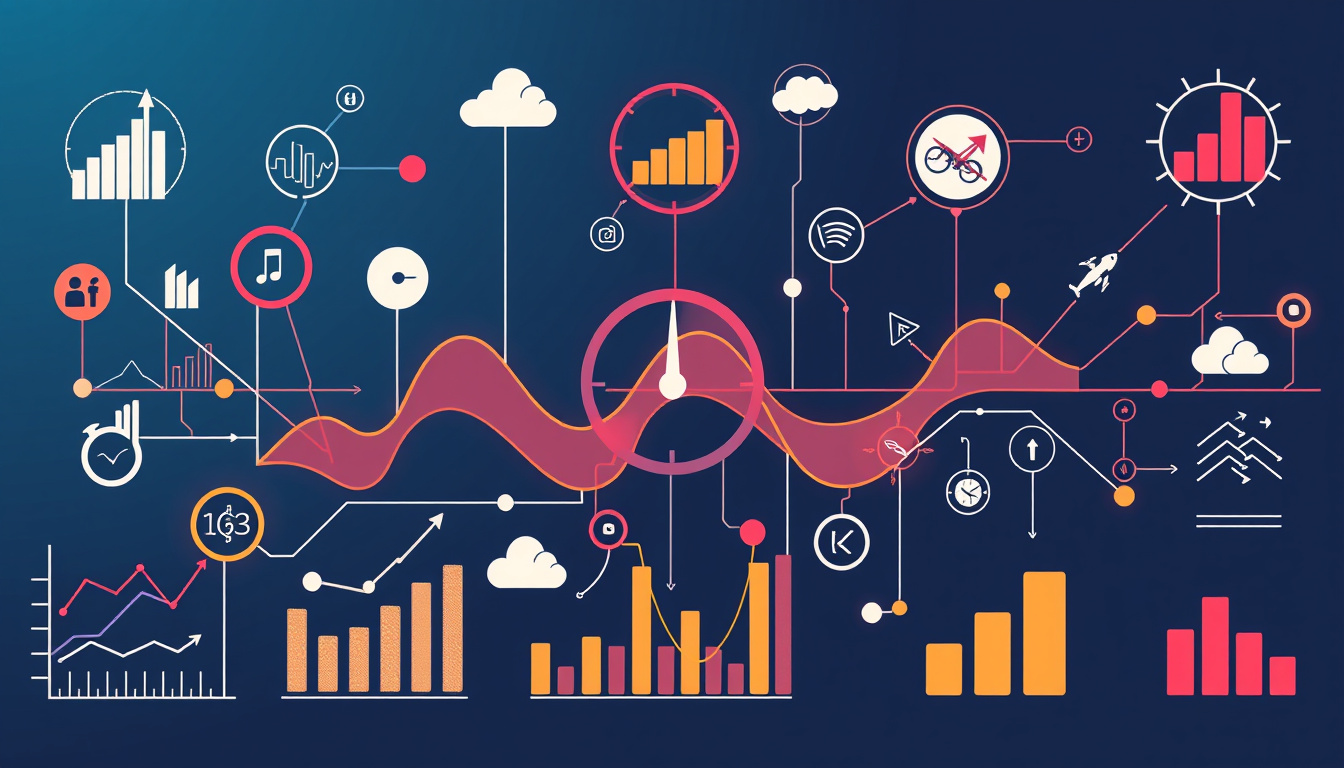Unlocking the Power of Time Series Analysis: Techniques, Trends, and Applications for Predictive Insights
Time series study gives strong tools. Each data point sits next to its time mark. People can see how numbers shift and link close in time. Firms and scholars find facts, guess trends, and choose steps with data. This article lists basic ideas, methods, and uses for time series study.
What is Time Series Analysis?
Time series study looks at data in a time order. The method sorts each number with its time. This view differs from looking at data without time. Stock prices, weather counts, or sales figures show data seen with time.
Why Time Series Study Matters
Firms use time series study for many tasks:
- Forecasting: Past data helps guess future numbers.
- Finding Patterns: The study shows flows and repeating marks so one sees long moves and rare points.
- Risk Methods: Checks on up and down shifts help prepare steps to keep harm low.
Components of Time Series Data
Time series data splits into clear parts:
- Trend: A slow move that helps you see if numbers rise, fall, or hold.
- Seasonality: Regular moves in cycles, such as monthly or yearly.
- Cyclic Patterns: Long swings that do not stick to a fixed cycle, often tied to the economy.
- Noise: Random shifts that do not join the trend, season, or cycles.
Techniques Used in Time Series Study
Different paths work with time series data. Each fits a specific need:
1. Decomposition
Breaking the series lets us see its parts. This step builds clear view of long flows and cycles.
2. Study Methods
- ARIMA (AutoRegressive Integrated Moving Average): A statistical tool that uses past data and moving counts. It fits well when data shifts.
- Exponential Smoothing: A way to weight past facts so close points give more pull in the guess.
3. Machine Learning Paths
Computer rules now help with time series. Some methods use recurrent networks and LSTM. They catch deep links in data.

Visualization in Time Series Study
Drawing pictures shows time series data with clear links. Graphs like line charts or bar types give a quick view:
- Line Graphs: They draw time changes in a row. This view helps see step by step.
- Seasonal Graphs: They draw the repeats in cycles so one spots rare shifts.
- Lag Graphs: They plot past links to give clues on delays and ties.
Preparing Time Series Data
Before work begins, data must be clean. This work handles gaps, odd points, and smooths the flow with steps like subtracting or rescaling. Good cleaning wins firm results.
Applications of Time Series Study
Time series study works in many fields:
- Finance: To guess stocks, check risks, and count economic trends.
- Healthcare: To watch health marks over time so that patient care can improve.
- Retail: To read sale counts and choose plans for stock.
- Weather: To guess climate moves with past time slices.
Conclusion
Time series study lets teams see future moves, catch hidden trends, and pick choices with data. By keeping words close in links, joining study paths, and drawing neat graphs, teams turn ordered data into clear facts that bring business success and fresh ways forward. With new computer steps, the work finds more jobs in varied fields.
